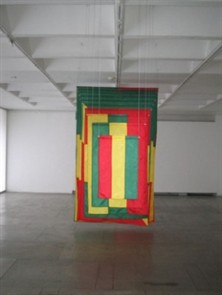
The Institute of Art Research of Vilnius Academy of Arts invites to the international conference Arts in the State - The State in Arts. This conference takes place against a background of the Centennial of the restored Lithuania in 2018.
The conference encourages researchers to approach the art
history as a development of the discourse closely related to the
development of the political sphere. This approach does not aim to
question the autonomy of art and riddance of utilitarian burdens,
but rather to discuss what political state allows art to create and
maintain certain autonomy, and what restricts it by imposing
particular functions, or the other way round, by pushing art to the
periphery of political life. The conference raises questions, under
what conditions art is only able to "mimic" life forms, and when it
can take part in the political production as an important partner.
When and why certain artworks seem to be political and other
entirely apolitical? How can one talk about politics of aesthetics
and about aesthetics of politics?
We also invite to discuss how political conditions shape the field
of art and relations between its actors, what different roles the
artist takes in the state, how art structures relate to structures
of the state. Another intriguing issue here are the "lives" of
artworks: shifts in their status and reading, their destinies after
political overturns, losses and returns. And ultimately,
reverberations of state ideologies and power games in works of art,
whether commissioned by the state, or born as an independent
critique of it.
The two-day conference programme brings together nearly 30 art, architecture, design, and film researchers and artists to discuss diverse relations between arts and the state, as investigated in their research and art practice.
Supported by: Goethe-Institut Litauen,
Lithuanian Society of Art Historians


